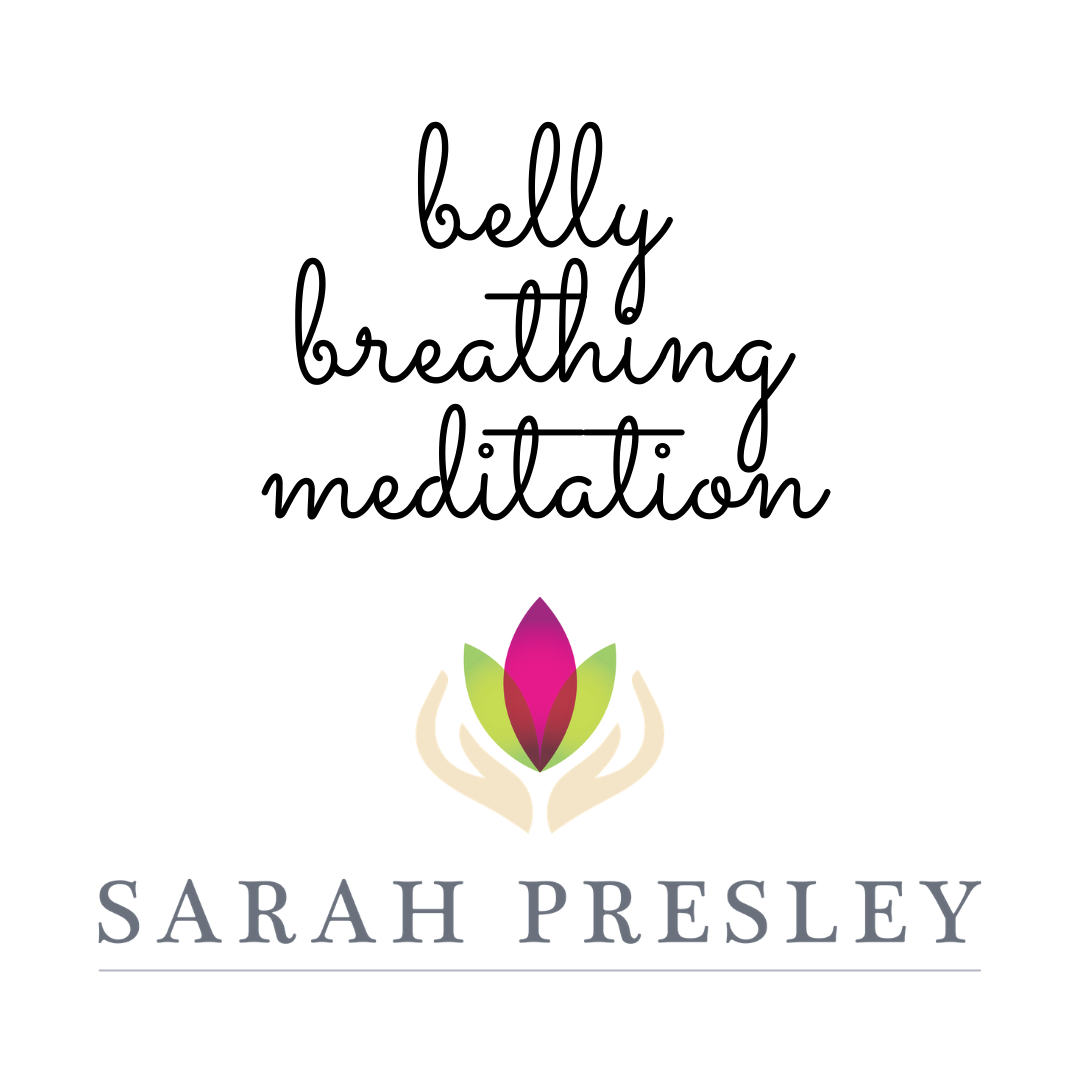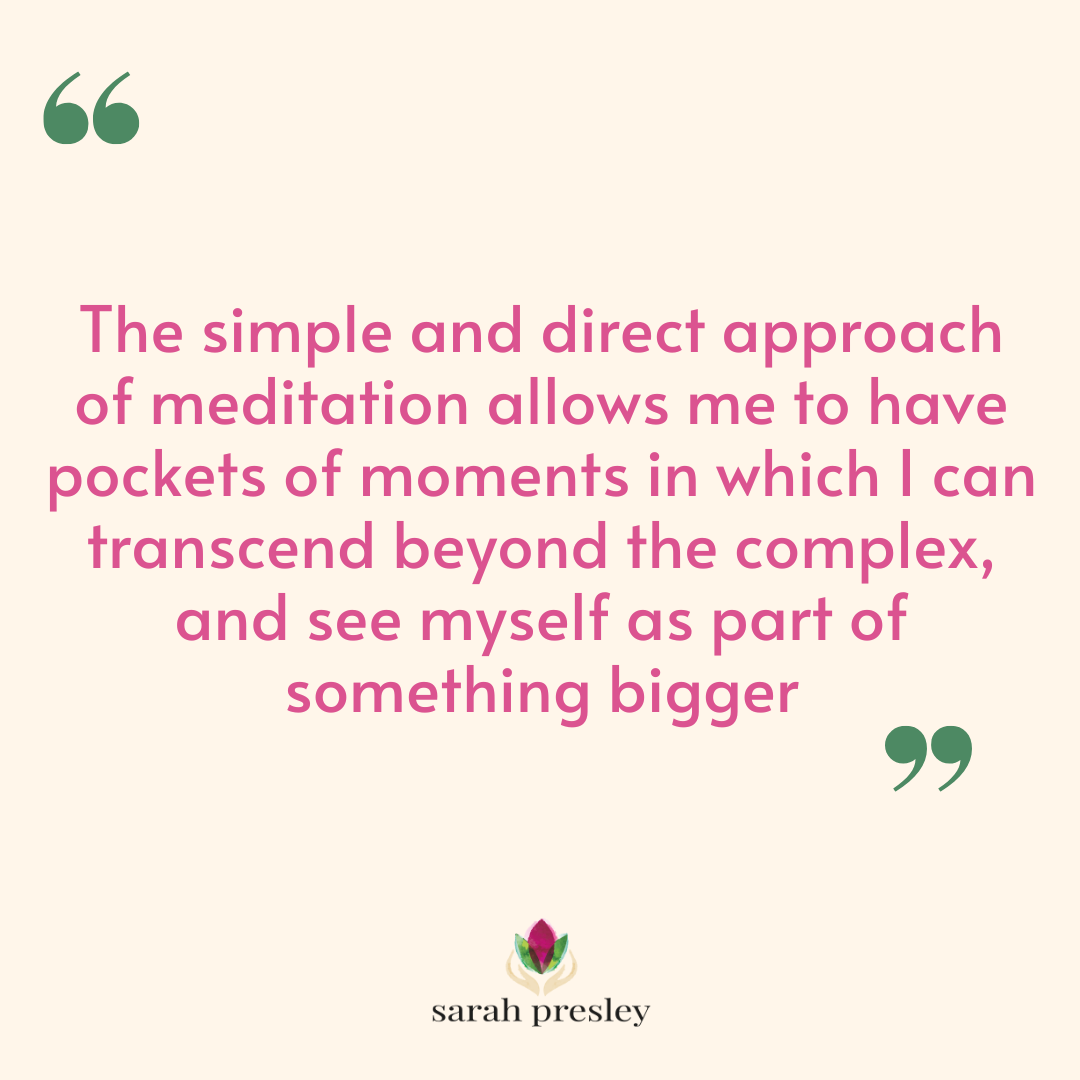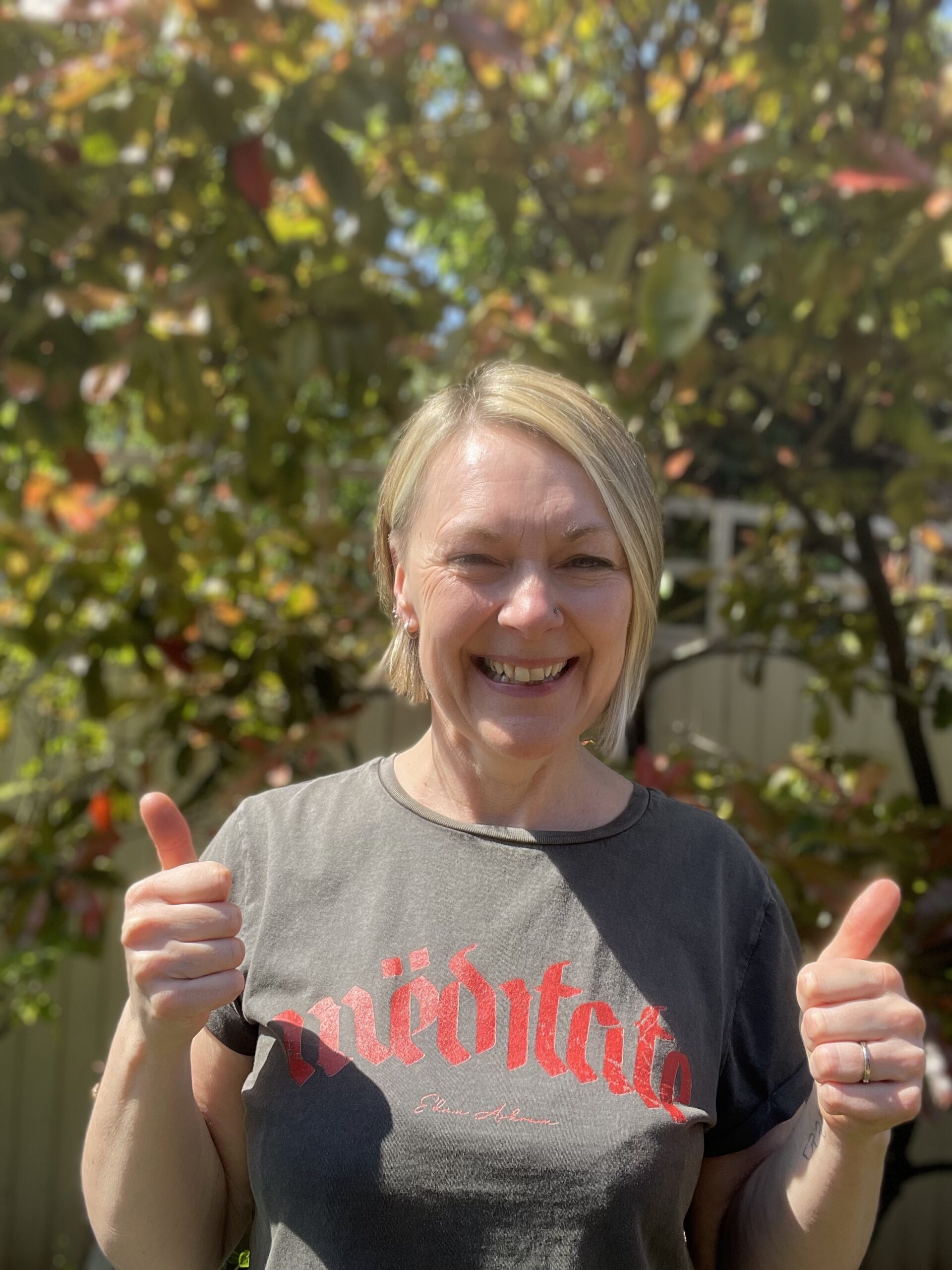
Belly Breathing Meditation
Last time I wrote a blog we were in a situation where there was an easing of lockdown restrictions, and now we are finding ourselves looking at different tiers for different areas. It is a strange old time, that’s for sure. The easing brought hope, with a feeling of a light at the end of the tunnel, whilst the recent events show us the virus will be around for a quite a while.
I have been discussing the feeling of hope, and the feeling of change within my regular meditation groups: I had read a really good article by someone who’s job means he spends 12 months on projects. He was explaining how at the beginning of a project you can feel engaged and focused on what needs to be done, but normally half way through the project you can feel like you have hit a slump and it is easy to feel the project has no hope of getting to the end. He likened this experience to how marathon runners describe the feeling of hitting a wall at some point during a race. He explained that this where we were at the moment: we had hit a bit of a wall. This certainly made sense to me, and so I have been looking at various meditations techniques to help with this. Some meditations can help us to let go of our worries, whilst some can help us to feel grounded and centred. Then there are the meditations which can help to release the tension in our bodies, which can then make it easier to release the tension from our minds,.
One of my favourite meditations for bring down scattered energy is Belly Breathing, otherwise known as Diaphragmatic Breathing.
The Diaphragm is a muscle which sits just below the lungs. When you breathe in, the muscle contracts and move downwards allowing your lungs to fill up with air. When you breathe out, the muscle relaxes and so helps to push the air back out of the lungs. Observing the movement of the muscle moving up and down can be a great focus when meditating (hence, known as belly breathing), and it can help to bring down scattered breathing. In addition, it brings the relaxation response to the body which means lowering your heart rate and blood pressure as well as slowing your rate of breathing. It strengthens your diaphragm and stabilises core muscles too. And when you are less stressed, it will lower the levels of the stress hormone cortisol too.
Click on the video below to enjoy. Please feel free to share the link and also subscribe to my channel.




